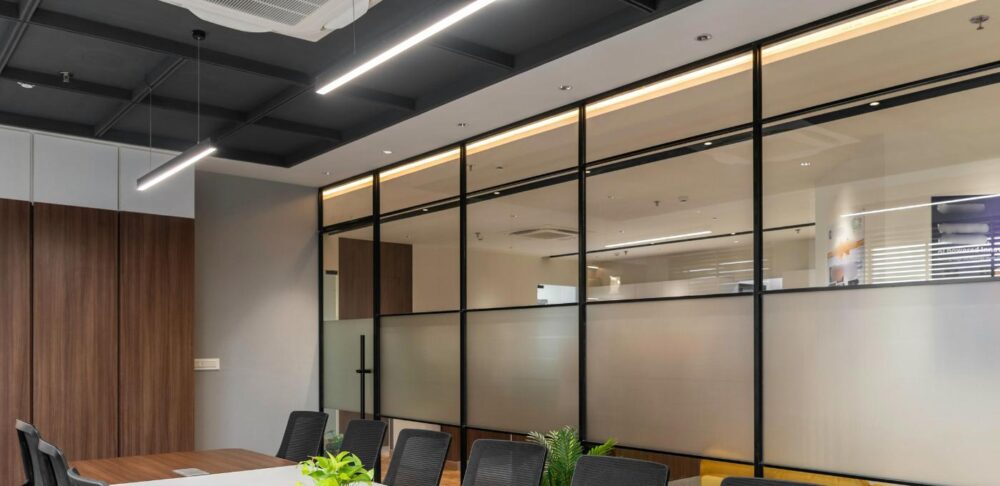The move towards sustainability is reshaping industries worldwide, and lighting technology is no exception. As businesses strive to minimise their environmental footprint, carbon-neutral lighting is emerging as a necessity. This article explores the latest developments in this innovative field, highlighting how advancements in carbon-neutral lighting are contributing to a greener future.
LED Technology
One of the most significant trends is the widespread adoption of LED technology. LED lights are renowned for their energy efficiency, consuming up to 80% less energy than traditional incandescent bulbs. This dramatic reduction in energy consumption not only lowers operating costs but also significantly decreases carbon emissions.
The longevity of LED lights, often lasting over 25,000 hours, further enhances their environmental benefits. With fewer replacements needed, waste is minimised, aligning with the principles of a circular economy. LEDs also offer versatility in design, allowing for creative and functional lighting solutions that suit various commercial settings.
As LED technology continues to evolve, innovations such as tunable white LEDs and advanced dimming systems are emerging. These features enable businesses to customise lighting environments, optimising both energy use and the well-being of occupants. By investing in LED solutions, companies can make a substantial contribution to their carbon-neutral goals while enjoying long-term financial savings.
Smart Lighting Systems
Another major trend is the integration of smart lighting systems. These systems leverage advanced technologies like sensors, controls, and connectivity to optimise lighting based on real-time conditions. For instance, smart lighting can automatically adjust brightness and colour temperature in response to natural light levels, occupancy, or time of day.
This dynamic approach to lighting not only enhances energy efficiency but also extends the lifespan of lighting fixtures, as lights are only used when necessary. In commercial spaces, smart lighting systems can lead to significant energy savings, particularly in areas that are not continuously occupied, such as meeting rooms, corridors, and storage areas.
Smart lighting can be integrated with broader building management systems, offering a holistic approach to energy efficiency. By combining lighting control with heating, ventilation, and air conditioning (HVAC) systems, businesses can create environments that are both comfortable for occupants and environmentally friendly.
The Role of Renewable Energy
Renewable energy sources also play an increasingly important role. By powering lighting systems with solar, wind, or other renewable energy sources, businesses can further reduce their carbon footprint. Solar-powered lighting, in particular, is gaining traction, especially in outdoor settings where grid access may be limited.
Innovations in solar lighting technology, such as more efficient photovoltaic cells and integrated energy storage solutions, are making it easier for businesses to adopt these systems. In combination with LED and smart lighting technologies, solar lighting can offer a completely carbon-neutral solution, providing reliable and sustainable illumination with minimal environmental impact.
Recycling and Reuse: The Circular Approach
There is an ever-growing emphasis on recycling and reusing materials. This aligns with the broader concept of a circular economy, where resources are kept in use for as long as possible. Manufacturers are increasingly focusing on the recyclability of lighting components, using materials that can be easily dismantled and repurposed at the end of their life cycle.
So, as you can see, the above trends highlight just some of the exciting possibilities for businesses committed to sustainability. From the energy efficiency of LED technology to the integration of smart systems and the use of renewable energy, the lighting industry is embracing innovations that reduce environmental impact.


